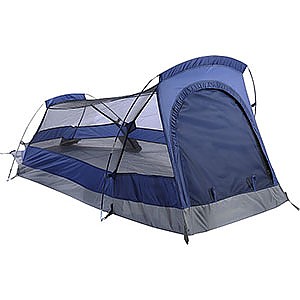

manufacturing, our legacy in Made in the USA tactical gloves, and our response to the COVID-19 pandemic with the development of face masks and medical-grade personal protective equipment in Protection. Find out how we were born from our founder Ron Gregg’s research-led approach to problem solving, and discover the origins of our first products – mountaineering gaiters, modular mittens, and GORE-TEX hats – in Our Story. We stand behind every product we make with the Outdoor Research Infinite Guarantee® warranty. All versions of the Alpine were successful racers in SCCA events and even at Le Mans.Outdoor Research has been building award-winning outdoor clothing and gear in Seattle since 1981.
Alpine design tent model number lookup series#
This engine remained in the car until the Series V, which featured a 1.7-liter engine offered with an automatic transmission only. The Series II increased displacement to 1.6 liters, but the new 80 hp engine did not significantly change performance. To propel the little sportscar, the Series I Alpine had a 1.5 liter inline four. Britain's The Motor measured the car's top speed at 99.5 mph, and the 0 to 60 time came in at 13.6 seconds. The Sunbeam Alpine also featured disc brakes on the front wheels, unlike other Rootes Group models with drum brakes all around. The British car was smaller in every dimension, though, built to be nimble on the small roads winding through the English countryside.

The Alpine also featured a clamshell hood like the Thunderbird. Howes, who had previously worked for Ford, was the likely source of styling features like the car's tail fins, headlights, and grille, all very clearly inspired by the Thunderbird. The result, which went into production in 1959, was the classic Sunbeam Alpine design. This was a lucrative market for British automakers as their country was still feeling the economic effects of World War II even a decade later while American buyers were ready, willing, and able to indulge in large numbers in luxuries like sportscars. In 1956, designers Ken Howes and Jeff Crompton were tasked with creating a car model which would excel in the American market. The iconic Sunbeam design, though didn't come into being until several years later. The little roadster has gathered a cult following as an attainable and fun British sportscar. Before it went, though, the Sunbeam left its mark. Unfortunately, the Alpine in its classic form was discontinued in 1968 following the purchase of the Roots Group by Chrysler and a shift in focus to compact family cars. It was successful in its mission, and it was a fixture in the British sportscar market for almost a decade. Produced in Warwickshire by the Rootes Group, which also made cars under the Singer, Hillman, and Humber marques, the Alpine was designed to be at home on both the narrow country roads of England and the streets of the United States. Although often forgotten among the sea of MGs, Triumphs, and other British Leyland offerings, one of the best such English sportscars of the day is the Sunbeam Alpine. The essentially British design contribution to the classic carsof the 1960s, though, was in the realm of the small, sporty roadster.

The Pontiac GTO ushered in the era of the classic muscle car in America, the Lamborghini Miura birthed the age of the Italian supercar, and Japanese companies were starting to show that they had more to offer than just fuel efficiency with cars like the Toyota 2000GT.


 0 kommentar(er)
0 kommentar(er)
